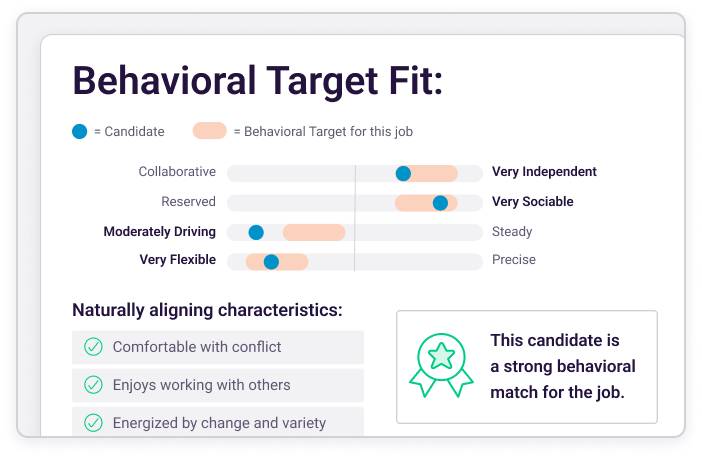If you haven’t heard of Industrial/Organizational (I/O) Psychology yet, chances are you will soon. Today more than ever, businesses are employing I/O Psychologists to assist them in taking a scientific approach to assessing (and improving) human behavior in the workplace.
How does The Predictive Index use I/O psychology?
Here at The Predictive Index, we’re incredibly fortunate to have esteemed I/O Psychologist Greg Barnett, Ph.D., leading our Science Team. But what exactly do I/O Psychologists do? And where did this discipline come from?
What is I/O psychology?
I/O Psychology has its roots in the United States during World War I, where military units needed to rapidly assign soldiers to responsibilities. Psychologists were commissioned to develop assessments that evaluated soldiers’ innate traits and drives, and by correlating these traits with job roles, the military was able to cut down on job dissatisfaction and turnover.
By World War II, I/O and Applied Psychologists were an integral part of the U.S. Government, and after the war, significant research continued in both the private and academic domains. The field gained official recognition (Division 14) by the American Psychological Association (APA) in 1945, and in 1982, Division 14 became the Society for Industrial and Organizational Psychologists (SIOP).
How can I/O psychology be used in the workplace?
Today, I/O Psychologists study and conduct work in a number of areas including job analysis, personnel recruitment and selection, performance appraisal/management, occupational health and well-being, training and training evaluation, organizational culture, and safety. And considering the U.S. Department of Labor projects a 29% or higher annual growth increase in demand through 2020 (see figure below), organizations appear to be finding these activities incredibly valuable.
Occupation | Growth Rate, 2012-2022 | 2012 Median Pay |
Industrial/organizational psychologists | 53% | $83,580 per year |
Personal care aides | 49% | $19,910 per year |
Home health aides | 48% | $20,820 per year |
Insulation workers, mechanical | 47% | $39,170 per year |
Interpreters and translators | 46% | $45,430 per year |
Bureau of Labor Statistics (2014) |
Check out these blog posts by PI’s I/O Psychologist and VP of Research & Development, Greg Barnett:









